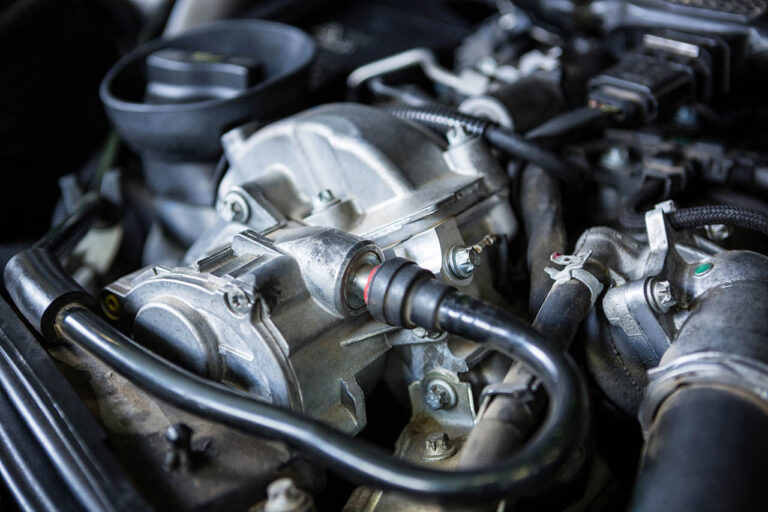Aside from overturned vehicles, tow trucks can also be called to action when a car overheats. A car can overheat without the driver or any passenger noticing any sign. Sometimes there are signs but some people are not aware of them.
There are several reasons why a car can overheat and knowing them will help you prevent you from needing a tow. Also, we’ll give you some preventive tips to avoid your car from overheating.
First, let’s answer the question: Why Does A Car Overheat?
Not Enough Coolant
When a car’s engine overheats, the first thing to check is the coolant itself. You have to see whether there is enough coolant. Although there are no leaks, the coolant can gradually evaporate so the levels can become low.
Regular checks and top-ups are best to prevent overheating of the vehicle. This is very simple to remedy and very easy to avoid. You just have to be diligent enough to check it regularly or before you go for a long ride.
A Leaky Cooling System
A leak in the cooling system can be enough to stop it from efficiently cooling the engine. When there’s a leak, air can get in the system. This hotter air sits on top of the coolant and circulates until it creates an airlock.
This airlock is essentially a bubble in the cooling system, which stops the constant flow of the coolant. When this happens, the coolant that’s in the engine gets stuck there until it heats up and can’t efficiently cool the engine anymore.
In some cases, the leak can easily be found. There can be a split hose or a leaky joint that is easy to see and easy to remedy. On the other hand, the coolant can also leak into the engine and this is the leak that can be more difficult to figure out. Some things to watch out for are milky deposits underneath the oil filler cap, engine oil level that increases, and a dirty looking coolant.
Any Block In the Cooling System
Apart from the air due to a leak, the overheating of the engine can also be caused by any blockage in the system. One of the main causes of overheating is when the coolant doesn’t circulate efficiently through the system. The radiator is where the coolant disperses the heat but if it can’t get there, it can’t cool off the engine.
Mineral deposits and foreign objects are the common blockages found. A buildup of dirt and grit can cause a partial block on the hoses, which decreases the flow rate of the coolant. The radiator is also a common area where gunk from the coolant can build up.
The degree of gunk and dirt on the hoses and radiator varies. Sometimes, even when there is buildup, the cooling system still works but not as efficiently as before. When you suspect a block, disconnect a few hoses first to see if they are filled with gunk. If they look very dirty, that’s also likely the case inside the radiator.
Faulty Water Pump
The water pump is responsible for making sure the coolant circulates continuously. At the optimal level, it is capable of moving the coolant around the engine at a speed of 20 times per minute. Due to use and the age of the vehicle, the impeller can naturally get damaged over time.
When there is damage, it wouldn’t be able to produce enough pressure that pushes the coolant to circulate as fast or at all. A clue that can help you recognize a faulty water pump is the unusual noise it makes. Listen to the pump when the engine is running and if you hear a clicking noise, there may be a broken impeller.
Busted Thermostat
A working thermostat opens up when the engine is hot to make way for the coolant into the radiator, where it cools, then back to the engine to cool it off. A busted one will not be able to detect the hot engine or it would not simply open up for the coolant to have access to the radiator.
Not Enough Engine Oil
The coolant isn’t the only fluid that helps the engine to have a cooler temperature. The engine oil helps too that is why it should be regularly checked. Regular change of engine oil also helps keep the engine cool.




